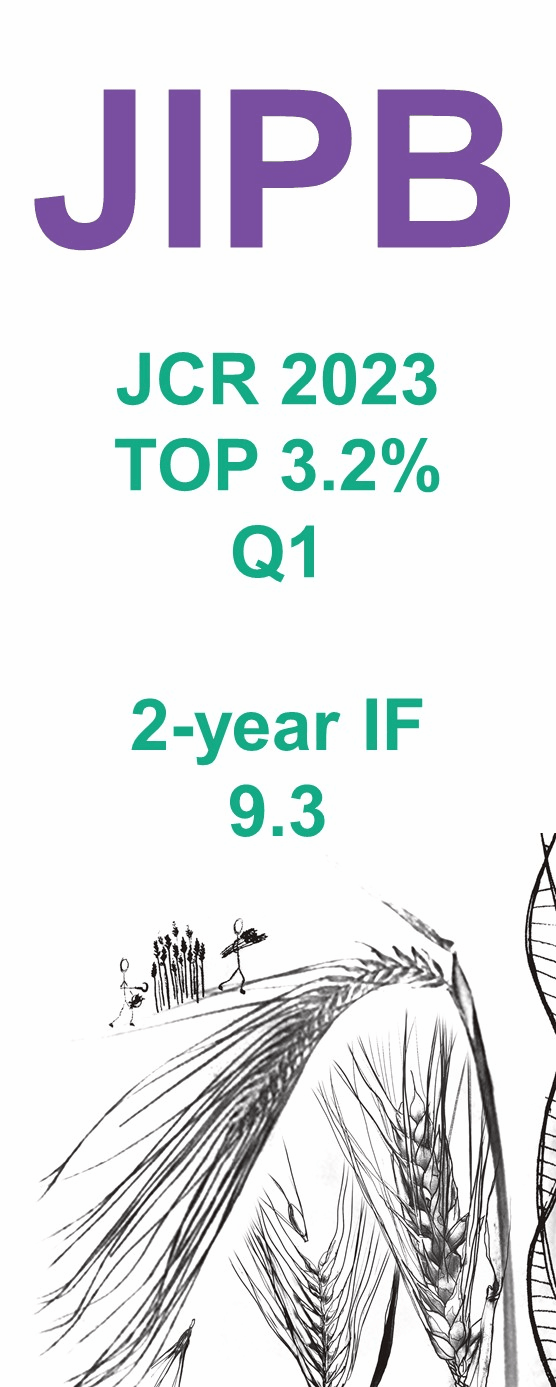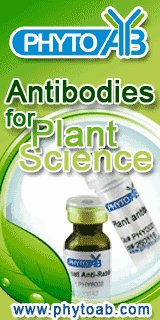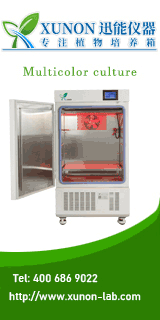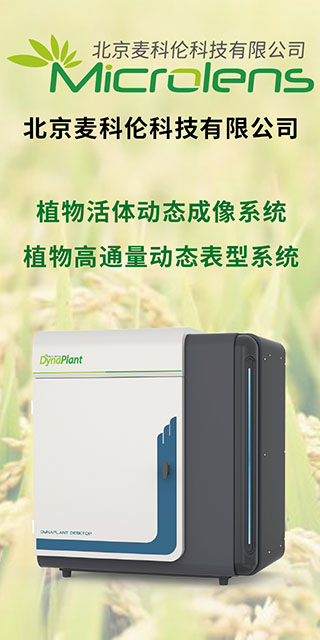Author: Surya P. Bhattarai, and David J. Midmore
Impacts of salinity become severe when the soil is deficient in oxygen. Oxygation (using aerated water for subsurface drip irrigation of crop) could minimize the impact of salinity on plants under oxygen-limiting soil environments. Pot experiments were conducted to evaluate the effects of oxygation (12% air volume/volume of water) on vegetable soybean (moderately salt tolerant) and cotton (salt tolerant) in a salinized vertisol at 2, 8, 14, 20 dS/m ECe. In vegetable soybean, oxygation increased above ground biomass yield and water use efficiency (WUE) by 13% and 22%, respectively, compared with the control. Higher yield with oxygation was accompanied by greater plant height and stem diameter and reduced specific leaf area and leaf Na+ and Cl− concentrations. In cotton, oxygation increased lint yield and WUE by 18% and 16%, respectively, compared with the control, and was accompanied by greater canopy light interception, plant height and stem diameter. Oxygation also led to a greater rate of photosynthesis, higher relative water content in the leaf, reduced crop water stress index and lower leaf water potential. It did not, however, affect leaf Na+ or Cl− concentration. Oxygation invariably increased, whereas salinity reduced the K+ : Na+ ratio in the leaves of both species. Oxygation improved yield and WUE performance of salt tolerant and moderately tolerant crops under saline soil environments, and this may have a significant impact for irrigated agriculture where saline soils pose constraints to crop production.
Bhattarai SP, Midmore DJ (2009).Oxygation enhances growth, gas exchange and salt tolerance of vegetable soybean and cotton in a saline vertisol. J. Integr. Plant Biol. 51(7), 675-688.
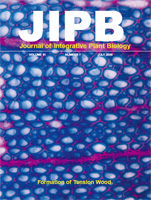



 Scan the QR code to view JIPB on WeChat
Scan the QR code to view JIPB on WeChat




